Please note: In September 2019, we updated the DXOMARK Mobile test protocol to cover ultra-wide-angle performance and renamed the protocol DXOMARK Camera. We also expanded our low-light testing and created the new Night sub-score, which incorporates the previous Flash score. We have retested this device using the new Wide and Night test protocols and updated the scores in this review, but we have not changed the text from the original review. For more information, please see the articles about our new Wide and Night test protocols.


Apple iPhone XR camera review (originally published December 6, 2018)
2018 was a big year for the iPhone, as Apple launched not one, but three new devices. The iPhone XR is perhaps the most interesting of the three, as it’s available at the lowest cost, without sacrificing too many features. There’s a large 6.1-inch,1792 x 828 pixel resolution LCD display, instead of the super high-resolution and higher-contrast OLED display of the XS models, but the XR features the same A12 Bionic chip and iOS 12 operating system as its more expensive cousins.
For photography, the iPhone XR offers a single-cam solution, as opposed to the dual-cam setup of the XS models. In terms of specs, the iPhone XR’s camera is broadly what you expect from a high-end single-cam device, featuring a 12Mp 1/2.55″ sensor with 1.4µm pixel pitch, a 26mm f/1.8 aperture lens with optical image stabilization, phase-detection autofocus, and a dual-tone LED flash.
Despite the different camera hardware, on the software and image processing side of things, the XR comes with the same innovative feature as the XS models — for example, when shooting stills, the camera continuously captures a multi-frame buffer at different exposures, allowing for simultaneous zero shutter lag and HDR processing. Thanks to this technology, the latest iPhones can display HDR images in real time, making for a true “what you see is what you get” preview image.
So how does the quality of the iPhone XR’s images stack up against the competition’s? Read our full review to find out.
Key camera specifications:
- 12Mp 1/2.55″ sensor (1.4µm pixels)
- f/1.8-aperture lens
- 26mm equivalent focal length
- Optical image stabilization
- Phase-detection autofocus (PDAF)
- Quad-LED dual-tone flash
- 4K video at 24/30/60 fps (1080p at 30 fps at default settings)
About DxOMark Mobile tests: For scoring and analysis in our smartphone camera reviews, DxOMark engineers capture and evaluate over 1500 test images and more than 2 hours of video both in controlled lab environments and in natural indoor and outdoor scenes, using the camera’s default settings. This article is designed to highlight the most important results of our testing. For more information about the DxOMark Mobile test protocol, click here. More details on how we score smartphone cameras are available here.
Test summary
Achieving an overall DxOMark Mobile score of 101 points, the iPhone XR becomes the top ranked single-cam device we’ve tested to date. It just surpasses the Google Pixel 2 for still photos, with marginally better noise-versus-texture results, and significantly fewer artifacts. Both devices achieve the same overall score for video.
The iPhone XR’s Photo score of 103 points is excellent, and for the key photo attributes of exposure, color, detail, noise, and artifacts, the cheaper Apple device offers a very similar proposition for image quality as the flagship iPhone XS Max. Equipped with just a single lens, however, both zoom and bokeh shots aren’t as strong on the XR compared to the XS Max, but Apple has managed to improve the flash on the XR a little, which we identified as a weak point for the XS Max during our testing.
Target exposures are very good in both indoor and outdoor conditions, and the automatic HDR mode ensures that the smartphone captures wide dynamic range in tricky high-contrast scenes. The noise-versus-texture compromise is similar to that of the XS Max, ensuring good fine detail and edge preservation in both indoor and outdoor shots; and although very fine details do get lost in low-light shots, it has acceptable exposure even in the most extreme low-light situations, making the images very usable.
Colors are also vivid and pleasant in most test conditions; and although the iPhone XR tends to veer towards a slightly cool white balance in outdoor pictures, with warmer tones recorded indoors, it certainly avoids any nasty or offensive color casts. Autofocus is excellent, with fast response times ensuring that you can capture an image almost instantaneously; further, there are no focus stability issues, so pictures are always in focus.
For video, the iPhone XR achieves a very good 96 points. Target exposure is mostly very good, with a very wide dynamic range, and colors are generally bold and vivid under indoor and outdoor lighting. The video stabilization system is also among the better ones we’ve tested, ensuring smooth video playback with only limited motion in walking and panning videos. As for stills, the autofocus is fast and accurate, with good tracking capabilities when capturing moving images.
Photo scores explained
The Apple iPhone XR Photo score of 103 points is calculated from sub-scores in tests that examine different aspects of its performance under different lighting conditions. In this section, we’ll take a closer look at these image quality sub-scores.

Exposure and Contrast
Apple iPhone XR
90
A good score for exposure, thanks to accurate target exposures and wide dynamic range in both outdoor and indoor conditions. In very bright high-contrast scenes, HDR kicks in automatically in default mode to capture good detail in both the brightest and darkest regions. HDR results are very comparable to the iPhone XS Max’s, and although the difference is slight, the iPhone XR preserves fractionally more highlight detail compared to the Google Pixel 2.
The iPhone XR’s exposure of faces in back-lit scenes is excellent, showing that its face detection algorithms are working well. Again, results are very comparable to those for the iPhone XS Max, and both devices display improved dynamic range in such conditions over the original iPhone X, with more bright highlight detail preserved in the background outside. Target exposures are generally accurate in indoor lighting conditions, with good contrast and good detail preservation in the highlight and shadow regions.
Target exposures are excellent on the iPhone XR down to very low light at 20 lux. In extreme low-light conditions of 1 and 5 lux, target exposure is slightly lower than ideal, but images remain very usable. You can see that the iPhone XS Max at 1 lux provides a slightly brighter target exposure than its sibling, giving the bigger and more expensive iPhone the edge in the exposure category. Otherwise, there’s very little difference between the two models.

Color
Apple iPhone XR
82
Generally speaking, the iPhone XR renders bold and well-saturated colors, particularly in bright outdoor conditions, where the hues really pop. In low-contrast conditions, colors are more subtle, but they remain pleasant.
White balance is mainly accurate in all lighting conditions, with no heavy or offensive color casts evident when shooting under artificial light sources or with flash. The Apple devices tend to tilt slightly towards a colder blue color cast in outdoor images, with warmer tones captured on indoor images, but in both cases the white balance remains very acceptable.
Color saturation in low-light shots down to 20 lux remains very good, although perhaps just fractionally behind both the XS Max and the Pixel 2. Under fluorescent lighting, the Pixel 2’s white balance is a little greener, which makes the whites slightly cleaner, but the warmer tones from the iPhones often look more natural and attractive in indoor images.

Autofocus
Apple iPhone XR
99
As we’ve come to expect on high-end devices featuring phase-detection autofocus (PDAF), the autofocus on the iPhone XR is excellent. In our series of benchmark tests under controlled lab conditions, the iPhone XR was consistently fast and accurate in finding focus. Defocusing the device between each shot and then waiting either a short (500ms) or long (2000 ms) delay before requesting focus, the XR snapped sharp images almost instantaneously and never failed to capture an in-focus shot. We repeated this procedure under a range of lighting conditions, and the results were consistently good.
Thanks to zero shutter lag technology, which continuously buffers a number of frames while the camera app is active, the iPhone XR is also able to capture the image in exactly the moment the shutter button is pressed. In the graph below, you can see that the image is actually captured a tiny bit before (~130ms) the button is pressed. This is to avoid camera shake from the button press and the potentially resultant image blur. It’s a very clever feature and especially useful in low light.
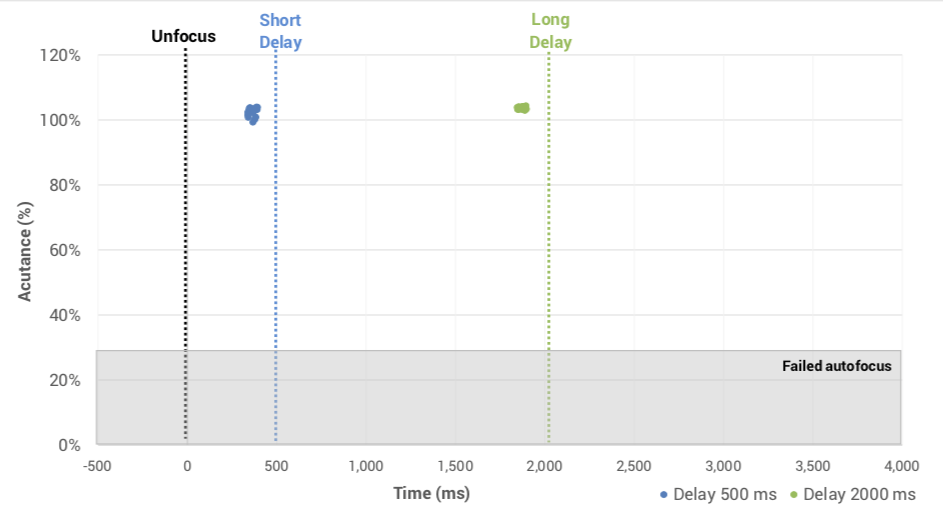

Texture
Apple iPhone XR
75

Noise
Apple iPhone XR
69
The iPhone XR offers the same texture-versus-noise compromise as the iPhone XS Max. Detail in static scenes is excellent, particularly when shooting bright or outdoor images, with recorded acutance of over 80%, and good edge definition. In low-light conditions, detail remains very good. Even in extreme low-light, the iPhone XR recorded acutance of around 60% in static scenes. Using shutter speeds slower than 1/40 second in very low-light conditions of 20 lux and below, both handheld and on a tripod, reduces detail somewhat in scenes with some subject movement, with low acutance at 1 lux for such images, but this isn’t unexpected; overall, the iPhone XR does an excellent job of recording detail.
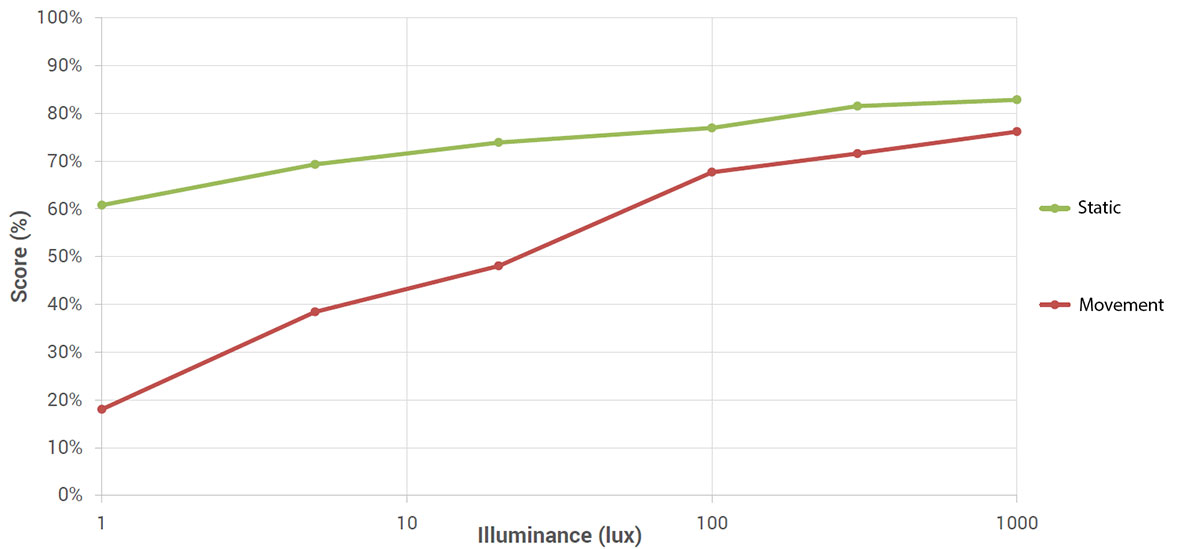
All three devices capture excellent fine detail and sharp edges in the static areas of this bright outdoor scene. Very slight luminance noise is visible in the flat areas in the iPhone XR outdoor images, such as in the gray cladding panels of the building, but it’s noticeable only at very close inspection and is far from problematic.
Both sharpness and edge preservation hold up extremely well in indoor static scenes and texture is very well-rendered. The luminance noise in flat areas is a little more pronounced, as you might expect for such conditions, but it is not as coarse as on the Pixel. The iPhone images are slightly brighter as well.
The same analysis holds true in very low light (5 lux), where the iPhone XR squeezes out just a touch more detail than the iPhone XS and also the Pixel 2. This is a very good result for such low-light conditions, with good texture rendering and noise kept under control.
We deduct points for artifacts — obvious optical deficiencies and image quality flaws. The main areas of concern on the iPhone XR are ringing (very noticeable along high-contrast edges), flare in backlit shots, the moiré effect on high-frequency patterns, and some minor color quantization. Ringing is often visible along high-contrast edges in HDR shots, such as the railing against the bright blue sky in the image below, but unless you’re printing or viewing images at large scale, it’s usually not too detrimental to overall image quality.
The same assessment applies to the moiré effect, which occurs as a sort of rainbow color banding in high-frequency areas of the shot where the device’s resolution isn’t sufficient for capturing very fine details. You can see it on the windows in the shot below. Color quantization is again a color shift or banding around high-contrast edges, such as on the ceiling around the lights in the indoor test scene below.

Flash
Apple iPhone XR
83
Flash performance on the XR improves over the iPhone XS Max, with better target exposure on faces, as well as in the center of the frame generally. It’s not perfect, with some underexposure of flash-only shots still evident, but Apple clearly tweaked the algorithms for better results compared to its bigger sibling. Some vignetting (corner shading) remains visible, and although the level of detail is good, there are some residual noise artifacts and color quantization in both flash-only and mixed-lighting shots. So a definite improvement, but still not as good as the Pixel 2, which is a top performer for flash.

Zoom
Apple iPhone XR
35
So far so good, with image quality on the iPhone XR broadly the same as the bigger and more expensive XS Max. The XR’s single-cam setup falls down slightly, however, for zoom and bokeh shots, where the additional hardware of dual-cam devices such as the XS Max maintain an advantage. Using the XR’s digital zoom up to around 2x magnification (short range) produces results that remain very acceptable, particularly in outdoor and indoor shots, with some fine details preserved.
Although in low light things generally get a little softer, the pictures remain usable. Results are far from comparable to a dual-cam device that utilizes a tele-lens to achieve an optical zoom shot at 2x magnification, however. The difference becomes more visible as you increase the zoom range. In the 4x samples below, you can see that the iPhone XS Max preserves noticeably more fine detail in intricate areas, such as the railings on the bridge. There’s perhaps fractionally more detail in the XR image compared to the Pixel 2 image.
Noise, as well as some artifacts such as aliasing, become prevalent at medium and long range (4x and 8x magnification, respectively), and fine details are noticeably lost. In bright outdoor conditions, and to some degree even in indoor shots, detail is still acceptable at medium-range zoom (4x magnification), but don’t expect to be able to distinguish very fine details such as brickwork or text on signs when extending the zoom to long range.
In the samples below, you can also see that the XR’s zoom range is more limited than on the XS and Pixel 2. We zoomed to the maximum setting on the XR, but still could not achieve the same magnification as on the other two cameras. Nevertheless, the XR turned in a decent performance overall for a single-cam device that’s roughly on par with the Pixel 2, but it simply can’t compete with the tele-lens zoom of dual-cam devices such as the XS Max.

Bokeh
Apple iPhone XR
35
The lack of a tele-lens on the iPhone XR also has implications for the quality of images in Portrait mode. First of all, the wide field of view captured by its 26mm lens isn’t ideally suited for portraits, and although you can fill the frame by getting close to your subject, some distortion of facial features, and anamorphosis, particularly on elements close to the edge of the frame, is evident.
Portrait mode on the XR does do a nice job on people photographed in low-light environments, with better detail on the face than the iPhone XS, as long as the pictures are taken at close distance. Facial detail is probably its best attribute; and although its bokeh simulation effect helps isolate your subject from the background, it’s far from perfect. Depth estimation is relatively poor, especially compared to the best dual-cam devices, with some subject masking artifacts often visible, making the overall effect look a bit “photoshopped,” as though the subject was cut out and stuck on a blurred background. The XR doesn’t usually render spotlights or spectral highlights naturally either, resulting in both a bad shape and low contrast.
It is worth mentioning that our Bokeh test is for both human subjects and objects. As described above, the iPhone XR’s Portrait mode works well with portrait subjects. The feature uses face detection, however, which means that when using it with objects, the computational bokeh effect does not trigger and you get only the optical bokeh of the lens, which is much less pronounced. This is why the iPhone XR is losing some points against competition that can also apply a bokeh effect to objects. If the XR doesn’t detect a face in a Portrait mode image, the camera app will warn you with a “no face detected” error message.
Video scores explained
The Apple iPhone XR achieves an excellent Video score of 96 points, thanks to an outstanding performance in bright light conditions. The overall score is derived from a number of sub-scores in the same way as the Photo score: Exposure (88), Color (88), Autofocus (92), Texture (57), Noise (77), Artifacts (84), and Stabilization (94).
Overall, the XR has a very similar video performance to the XS Max, with great dynamic range in outdoor videos, very good color rendering and white balance, as well as excellent stabilization with low residual motion. Some slight instabilities are noticeable in exposure and white balance under changing lighting conditions. In very low light, the level of detail is slightly lower on the XR compared to the XS Max, but noise is less visible, too, so Apple seems to have tweaked the compromise between noise and sharpness a little bit on the cheaper device.
Target exposure shooting video on the XR is excellent in all lighting conditions down to 20 lux, and although videos are slightly dark in extreme low light between 1 to 10 lux, they remain very usable. Exposure convergence under changing lighting conditions is also very good, with quick transition times, as well as no steps in exposure, oscillations, or overshoots evident.
Color rendering and white balance are very good on both outdoor and indoor videos, and although saturation drops a little in very low light, it remains more than acceptable for such conditions. You can see from the Patch chart analysis below that reds, yellows, greens, and blues are rendered very accurately between 300 to 1000 lux, with the reds, greens, and blues showing a tendency to be slightly undersaturated in lower light conditions.
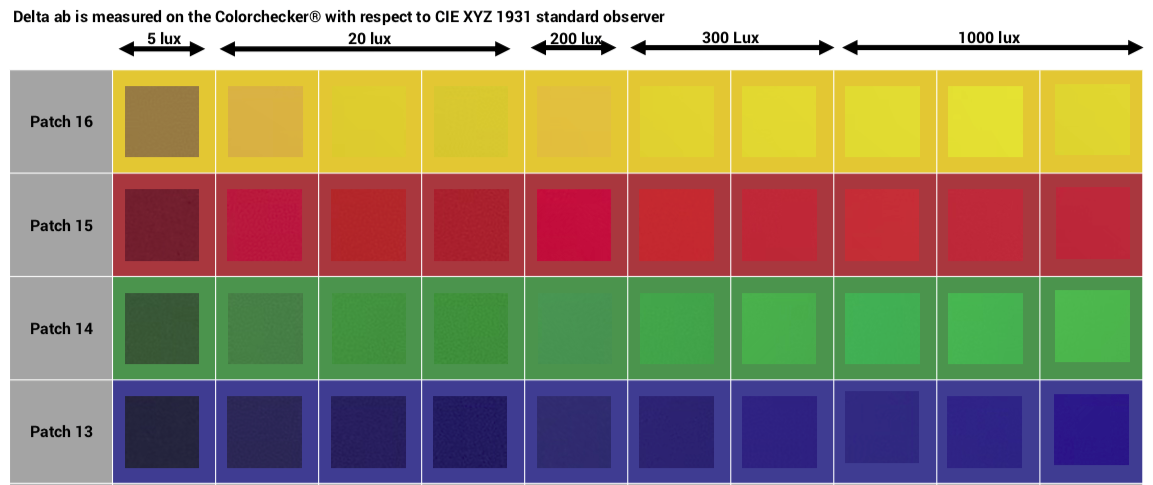
Texture preservation is good in outdoor and indoor videos, and although it suffers a little in low-light videos, the noise-versus-detail compromise is well-managed overall. Both texture and edge preservation are high in indoor videos (100 lux) and very good outdoors or in bright light (300 to 1000 lux), with recorded acutance of over 70% for texture.
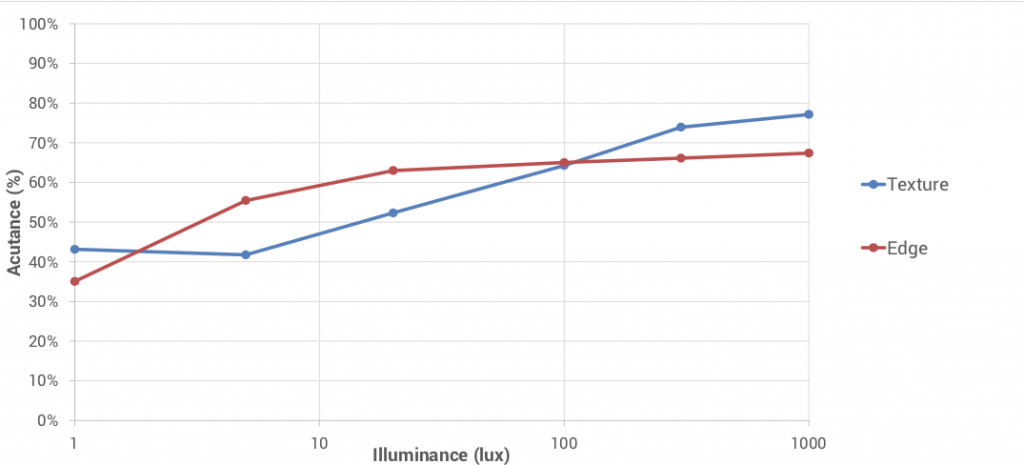
As with stills, the iPhone XR’s autofocus is excellent when shooting video, thanks to fast response times, and to the fact that it has none of the problematic instabilities, overshoots, and jerkiness that can disrupt the viewing experience. In outdoor and bright-light videos, both the tracking and smoothness of the autofocus are also excellent; and although the performance isn’t quite as robust in low-light situations, it remains very good. Stabilization is also very effective in all lighting conditions — frame sharpness is consistent, videos remain stable during lighting changes, and walking and panning motions are nicely controlled.
Conclusion: Top-ranked single-lens phone
With the sky-high prices of the latest XS line of iPhones, the less-expensive XR will be desirable to many Apple enthusiasts looking to upgrade their smartphone. Implementing a single-cam solution makes the XR more affordable, but it also means you’ll have to accept some compromises when using the zoom function or bokeh mode.
Apple chose to include much of the same advanced software and image processing algorithms as in their flagship devices, and in many ways the photographic capabilities of the iPhone XR are broadly similar to those of the XS/XS Max — excellent exposure in all lighting conditions, wide dynamic range, and an excellent noise-versus-detail trade-off. The autofocus system is also excellent in all conditions.
Where the XR falls down compared to its more expensive siblings is when the addition of a second sensor coupled to a tele-lens comes into play. So don’t expect the same quality for zoom shots. Bokeh simulation in the XR’s Portrait mode isn’t brilliant either, with the pictures having something of an artificial feel; moreover, the 26mm lens’s wider field of view isn’t generally ideal for portraits, and bokeh mode doesn’t work with objects.
Compared to the Google Pixel 2, which is the best single-cam smartphone we’d tested up until now, the results are very comparable in many areas, but thanks to improved results for noise and particularly for artifacts, the iPhone XR just nudges it out of first place to become our top-ranked single-cam smartphone.
Pros
- Very good exposure and dynamic range in bright light and indoor conditions
- Detail is well-preserved in all lighting conditions
- Vivid and pleasant colors in most situations
- Fast and accurate autofocus
Pros
- Good dynamic range in all conditions
- Effective image stabilization
- Fast and repeatable autofocus
- Good detail preservation, especially in bright light conditions
Cons
- Low detail in medium- and long-range zoom shots
- Fine grain luminance noise is visible in indoor and low-light conditions
- No realistic blur gradient in bokeh mode
Cons
- White balance instabilities indoors
- Luminance noise is visible in indoor and low-light videos


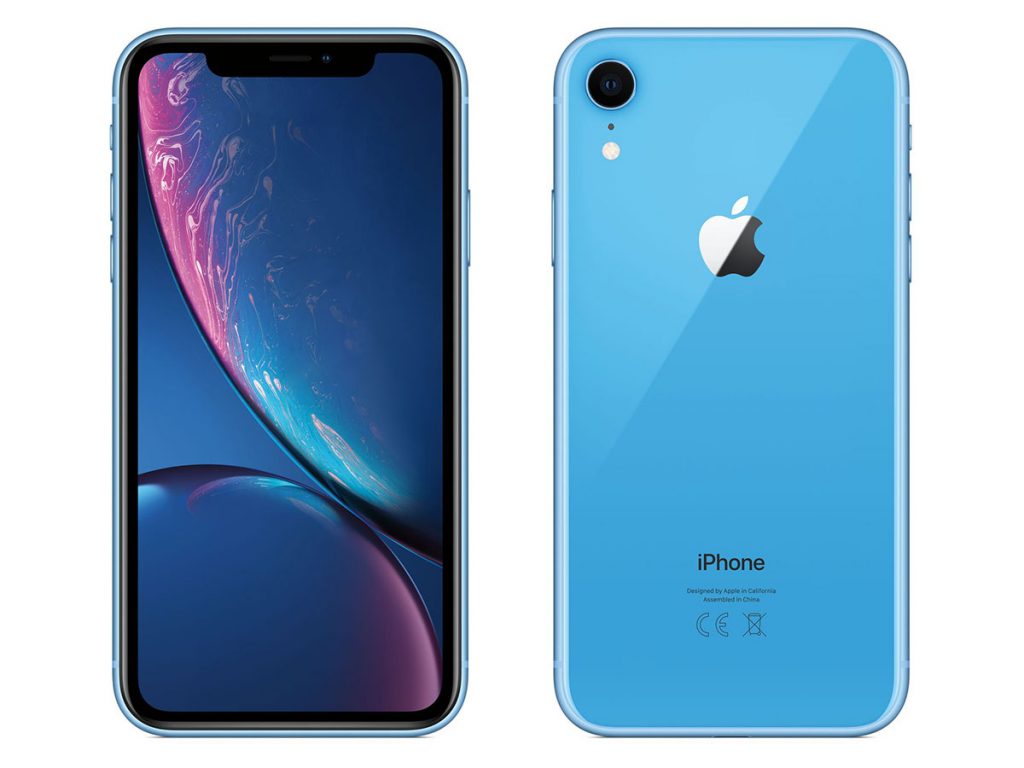

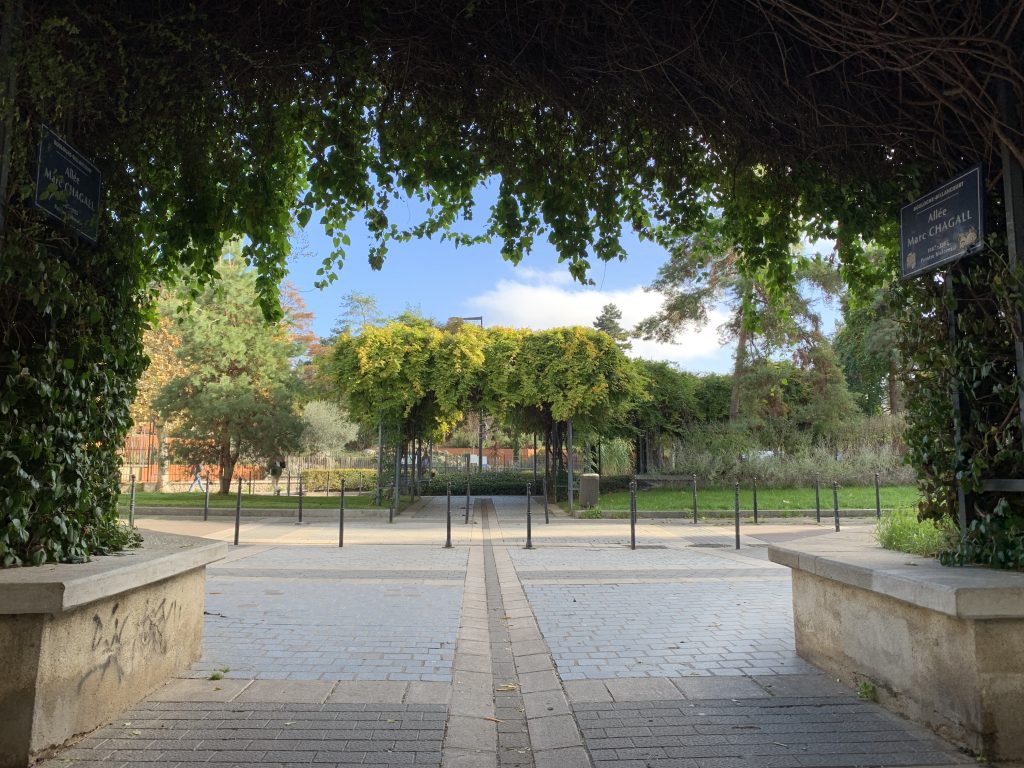
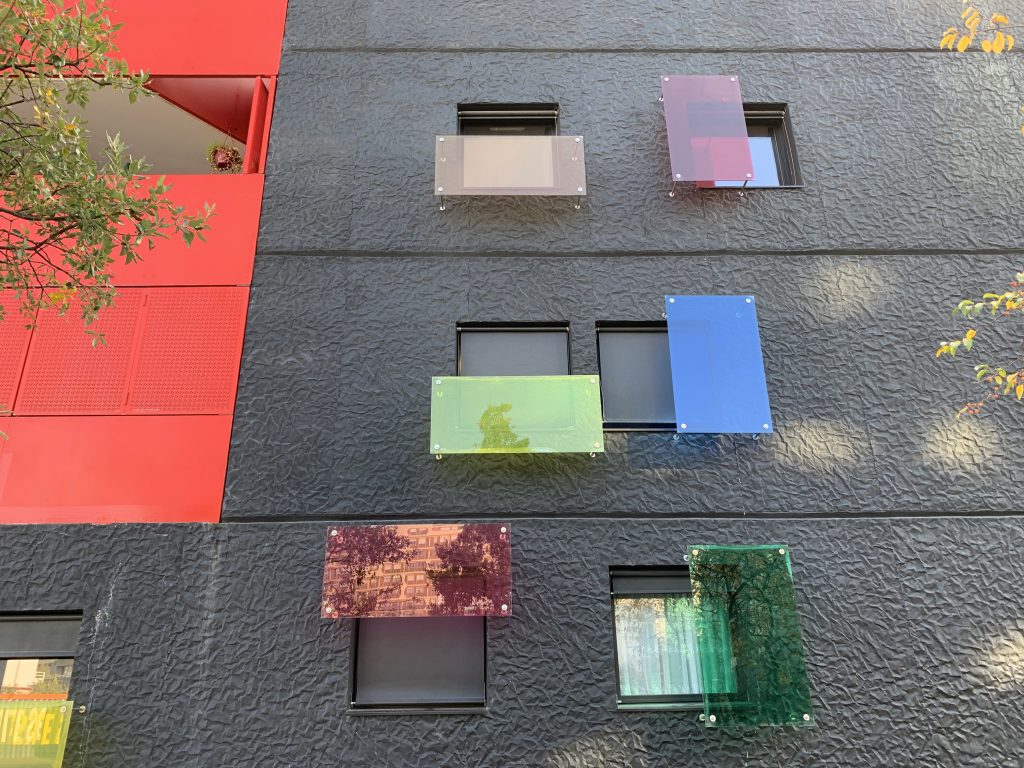
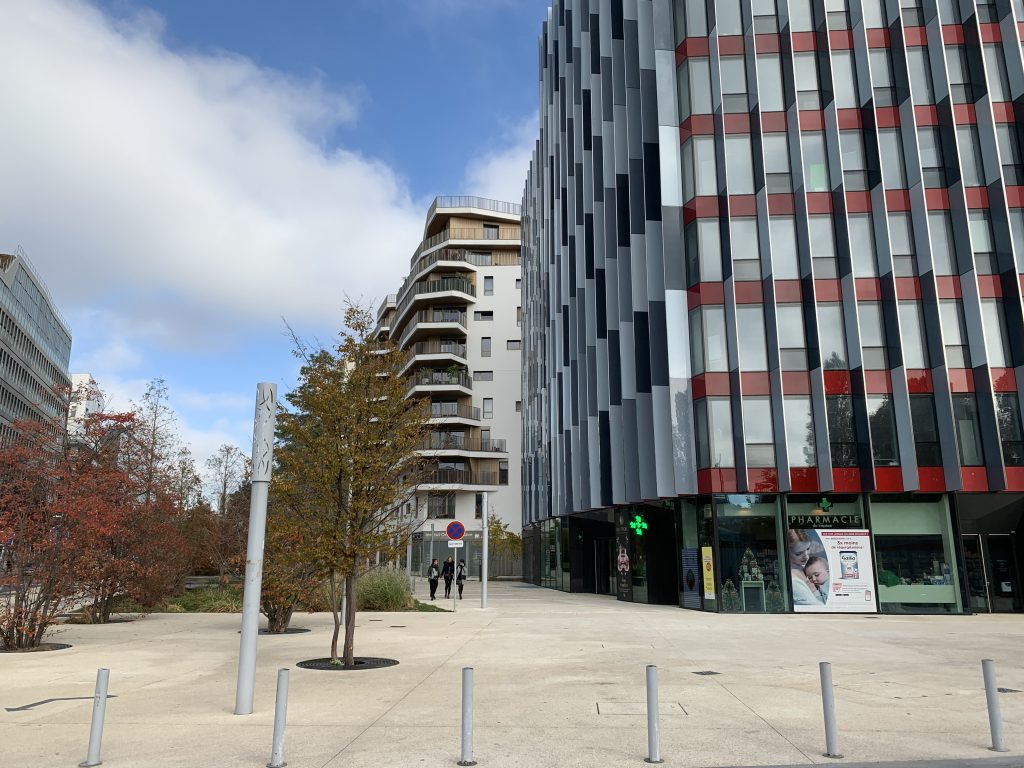
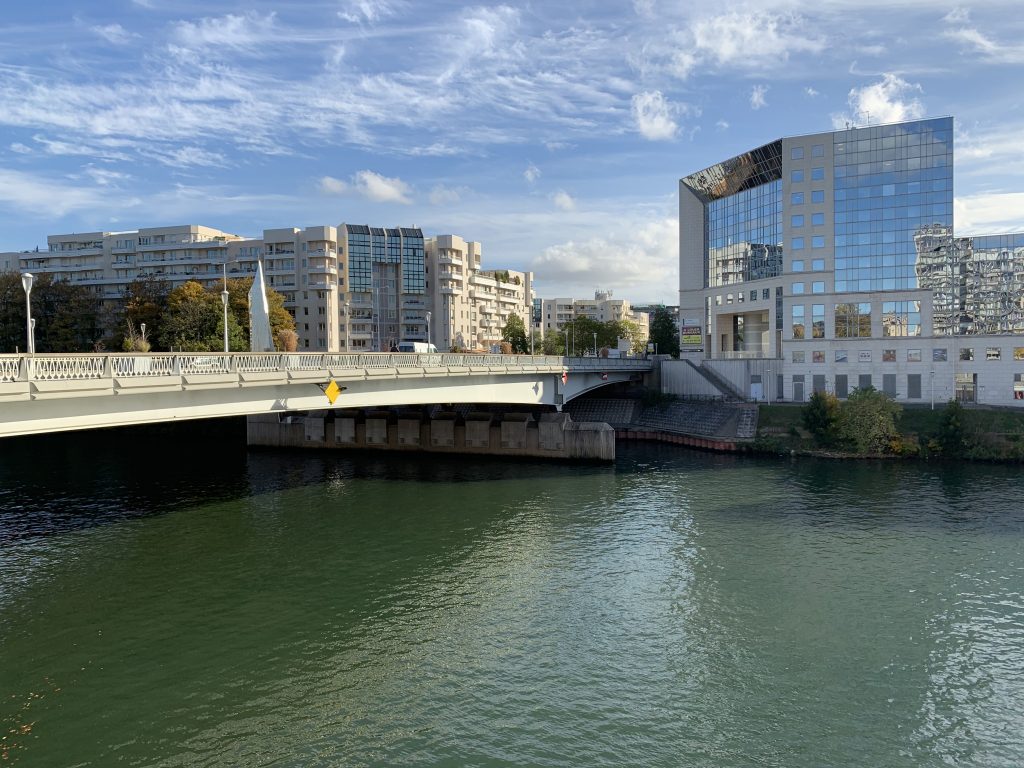




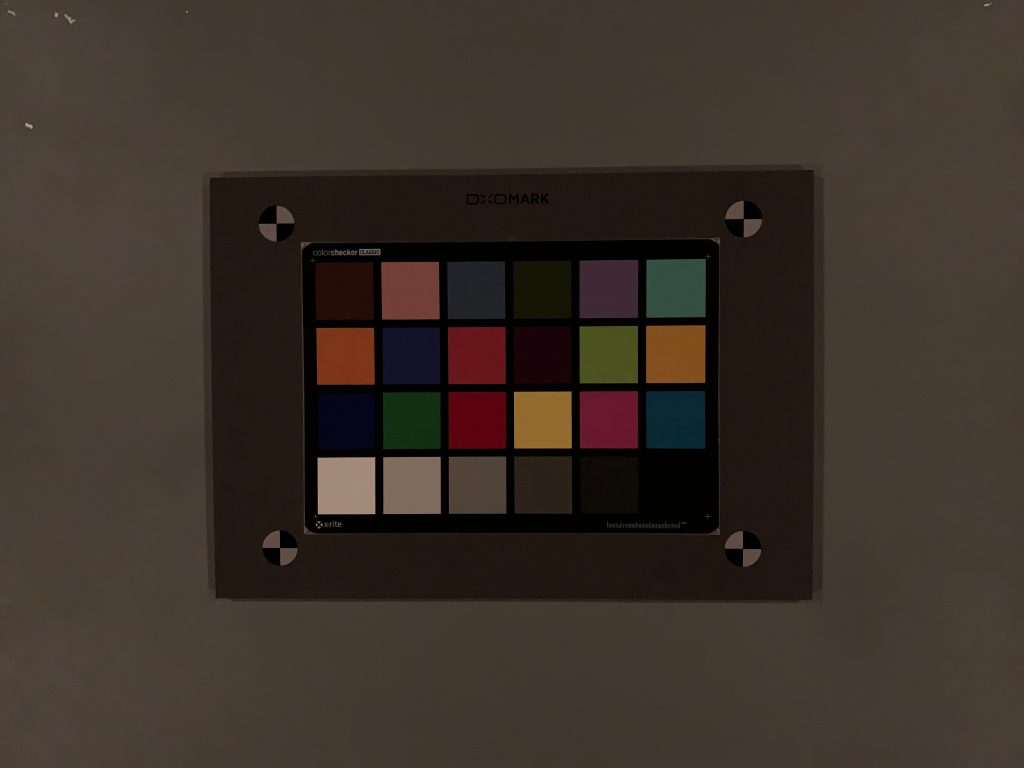

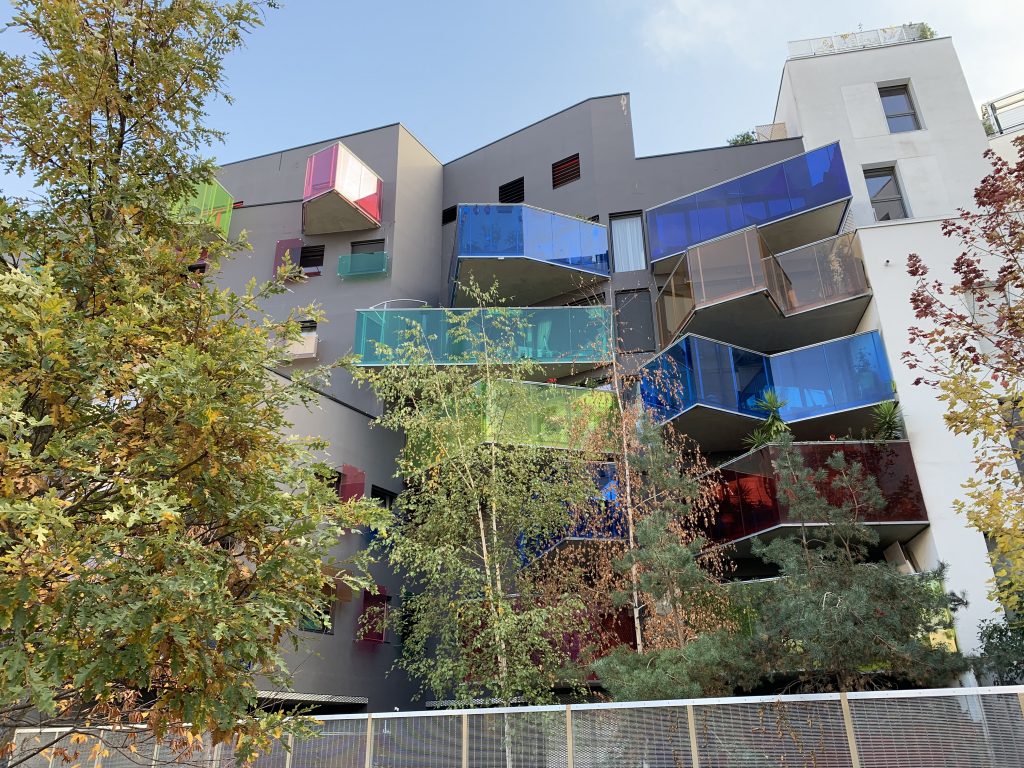
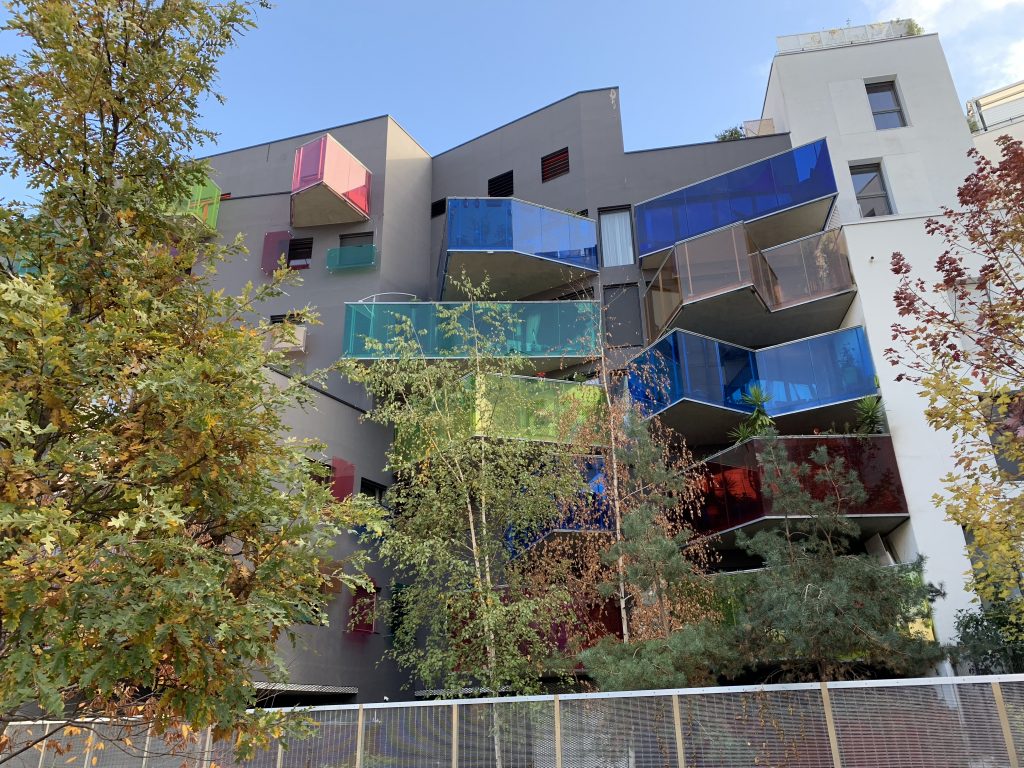
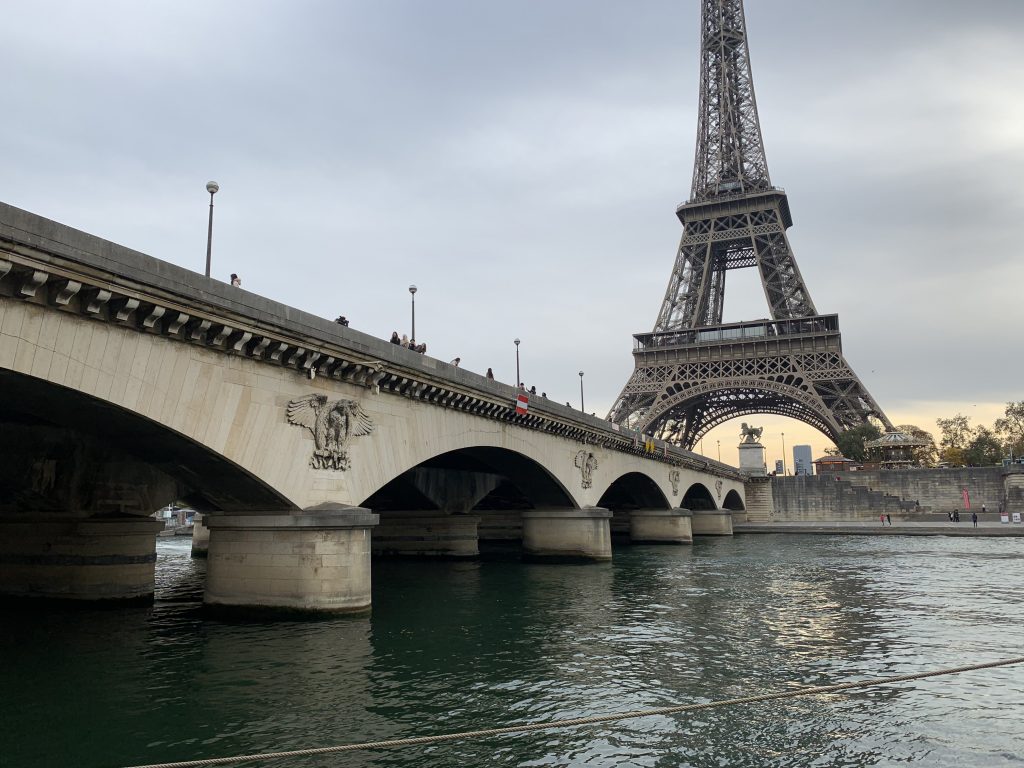
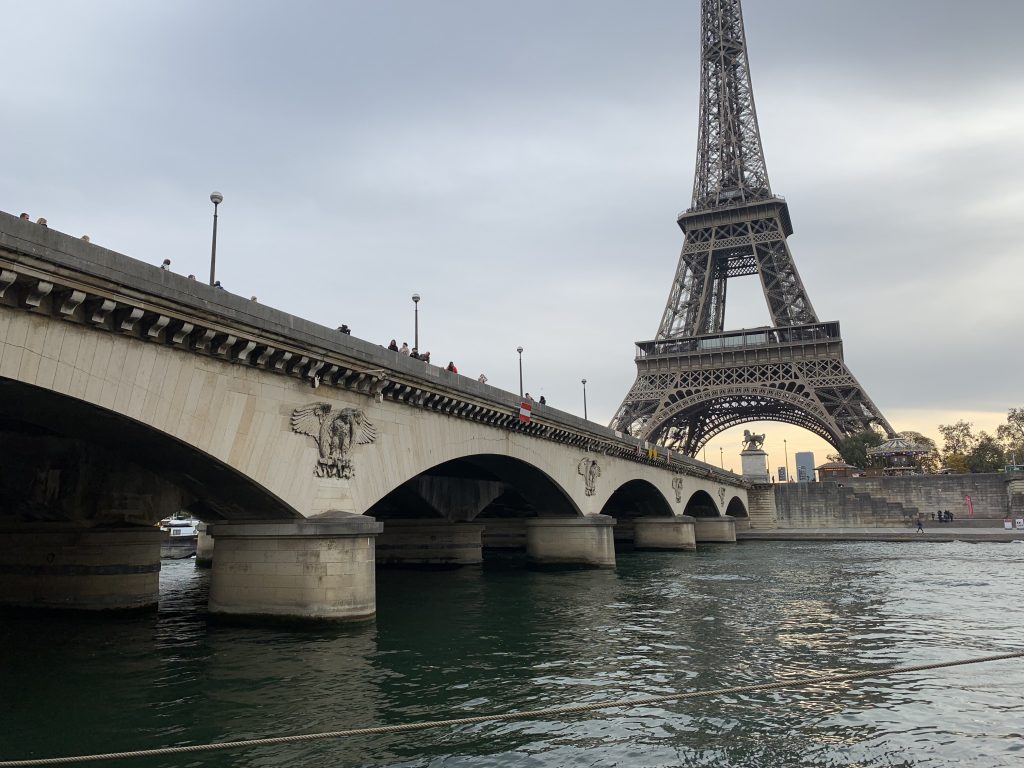
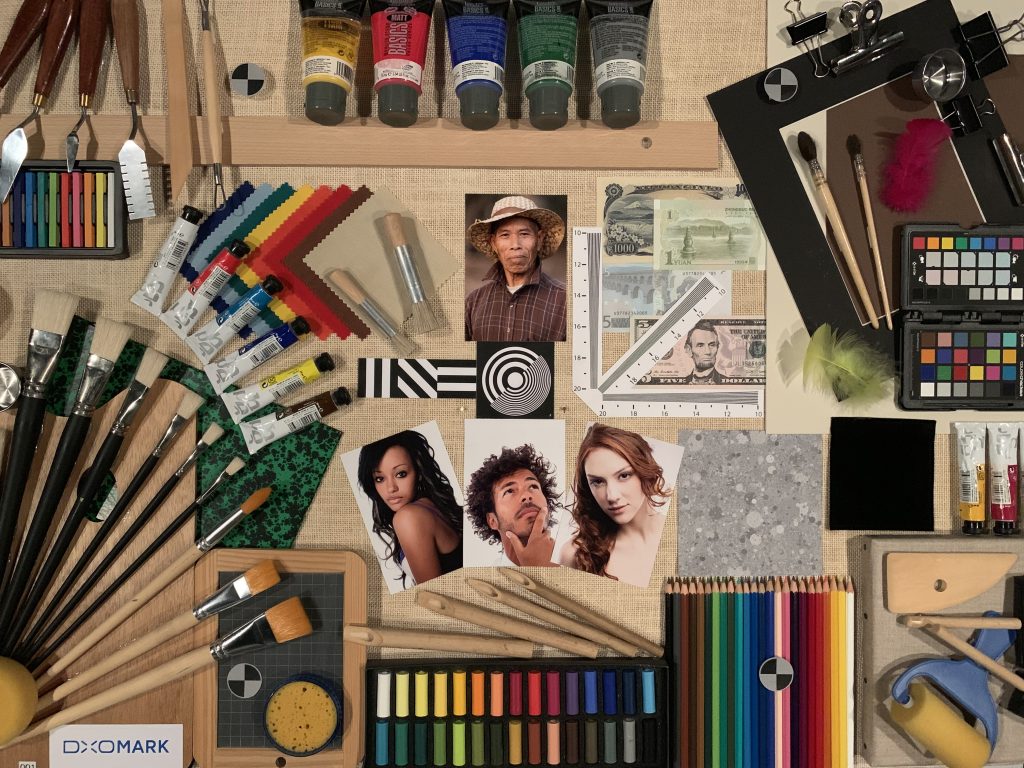
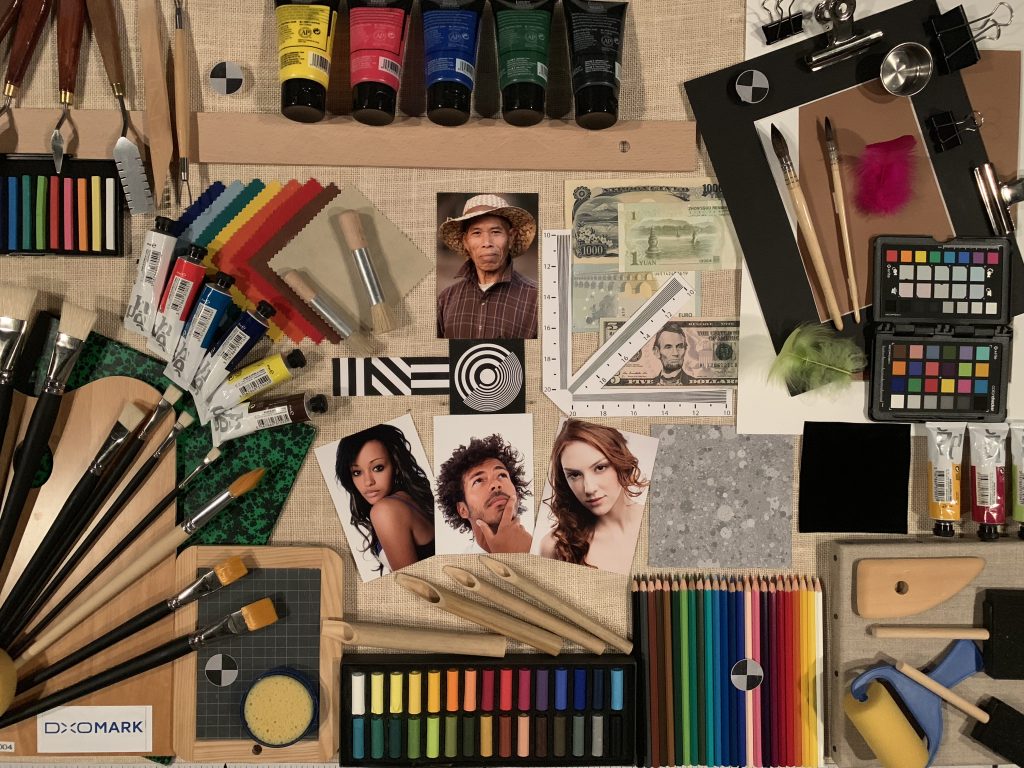
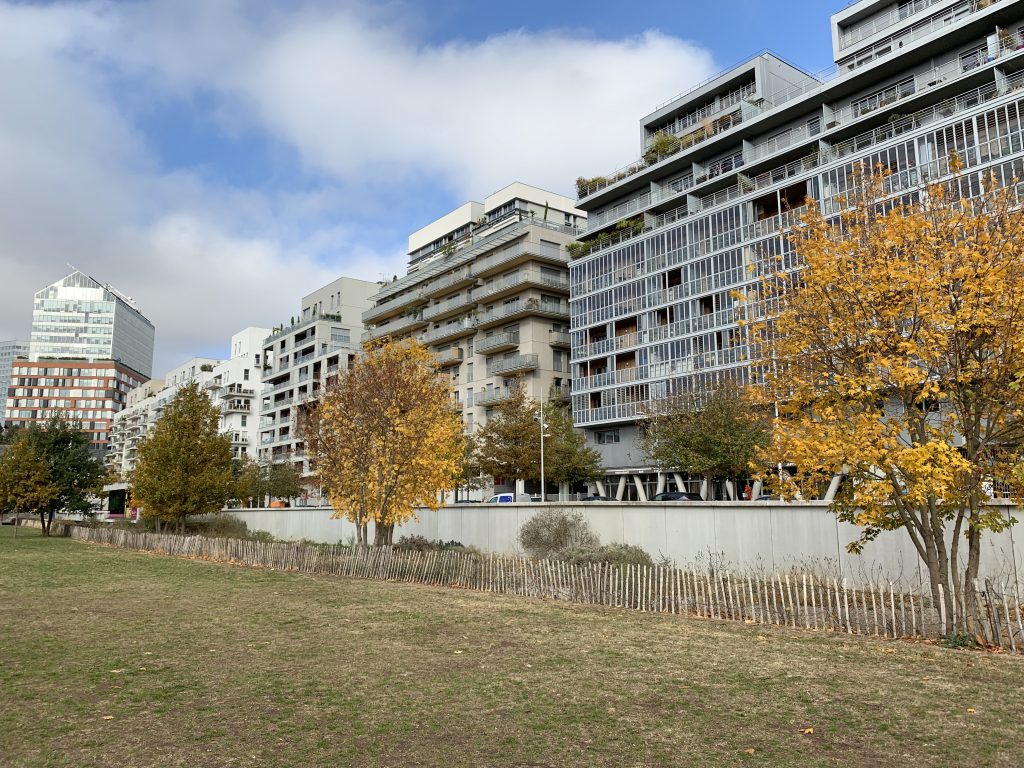
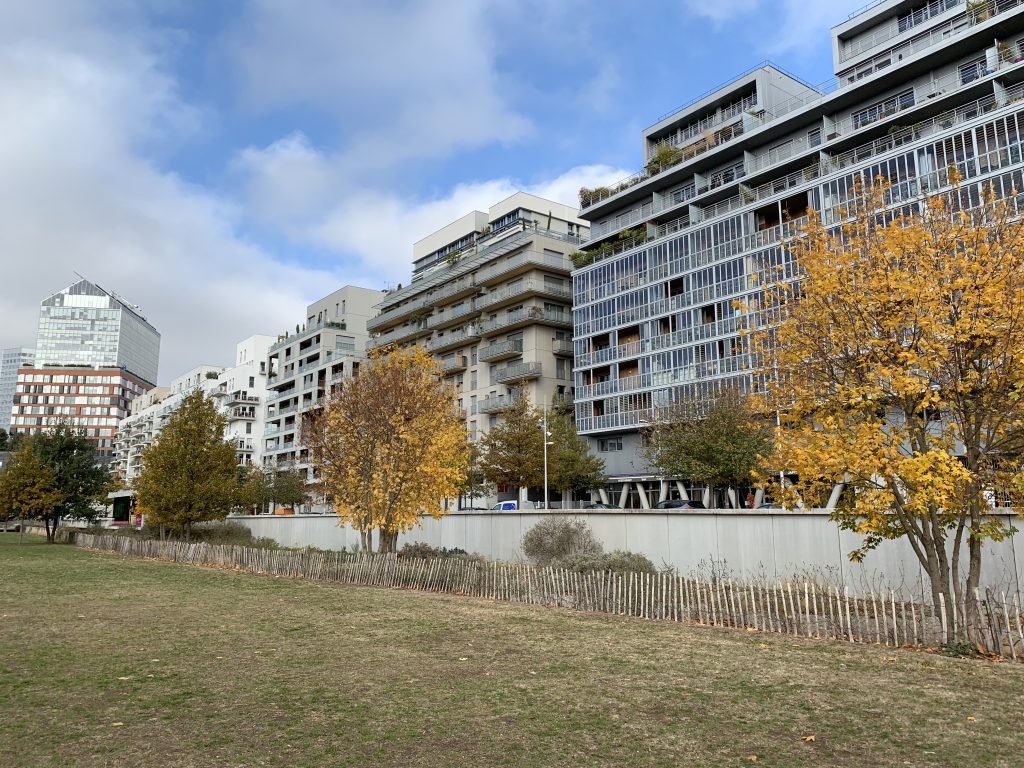
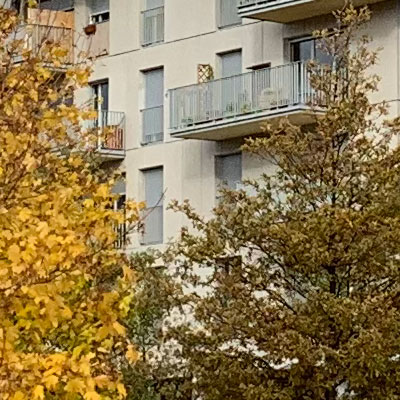

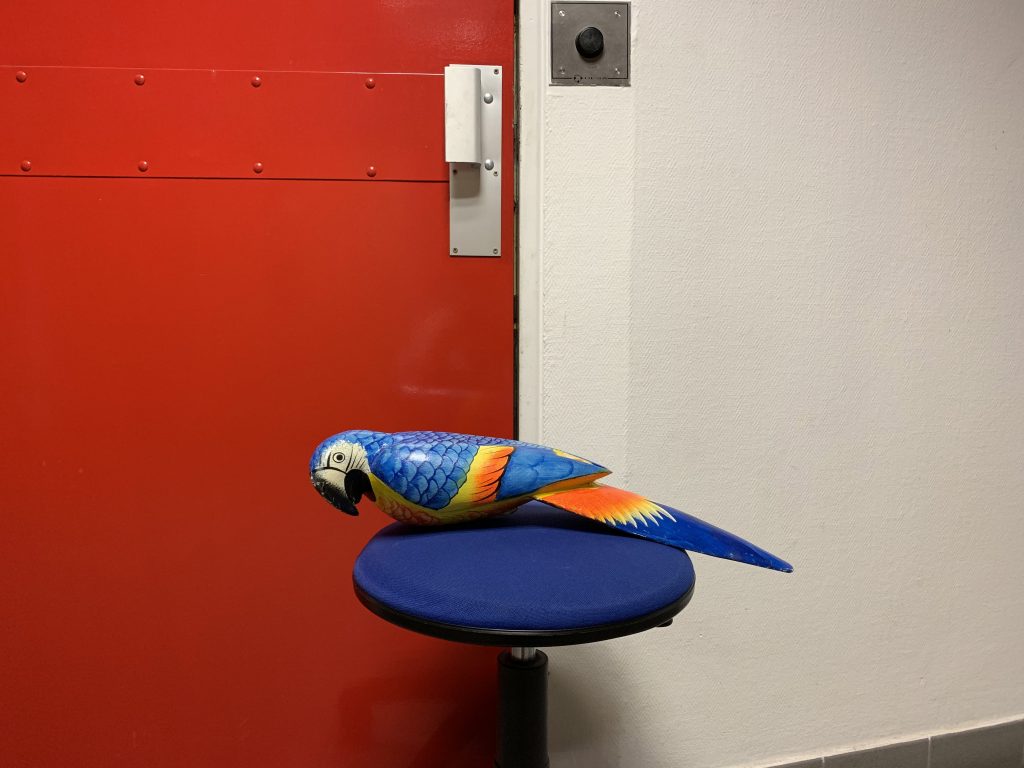
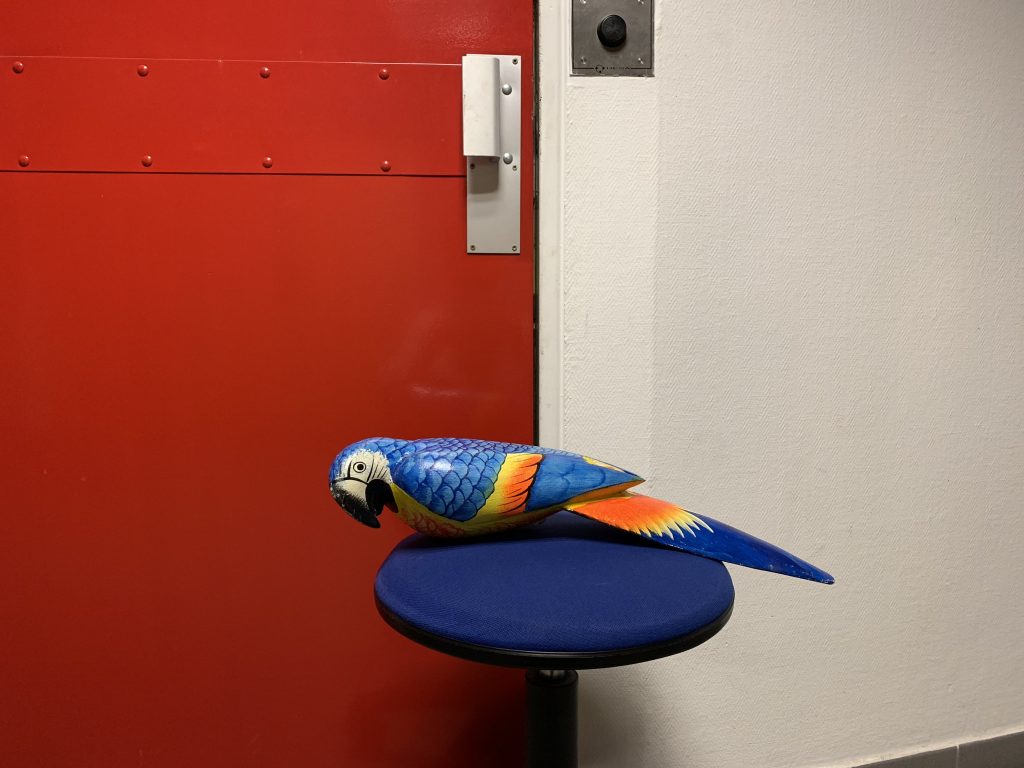
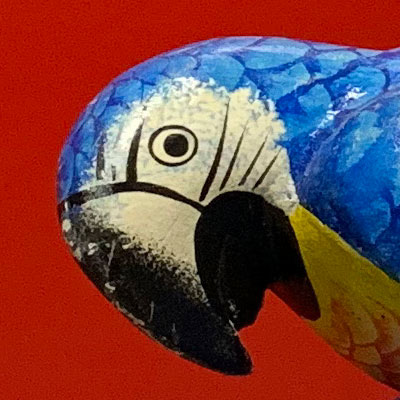
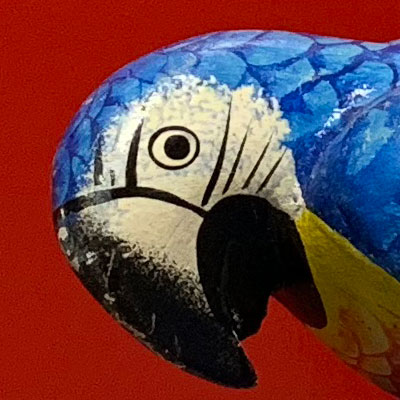
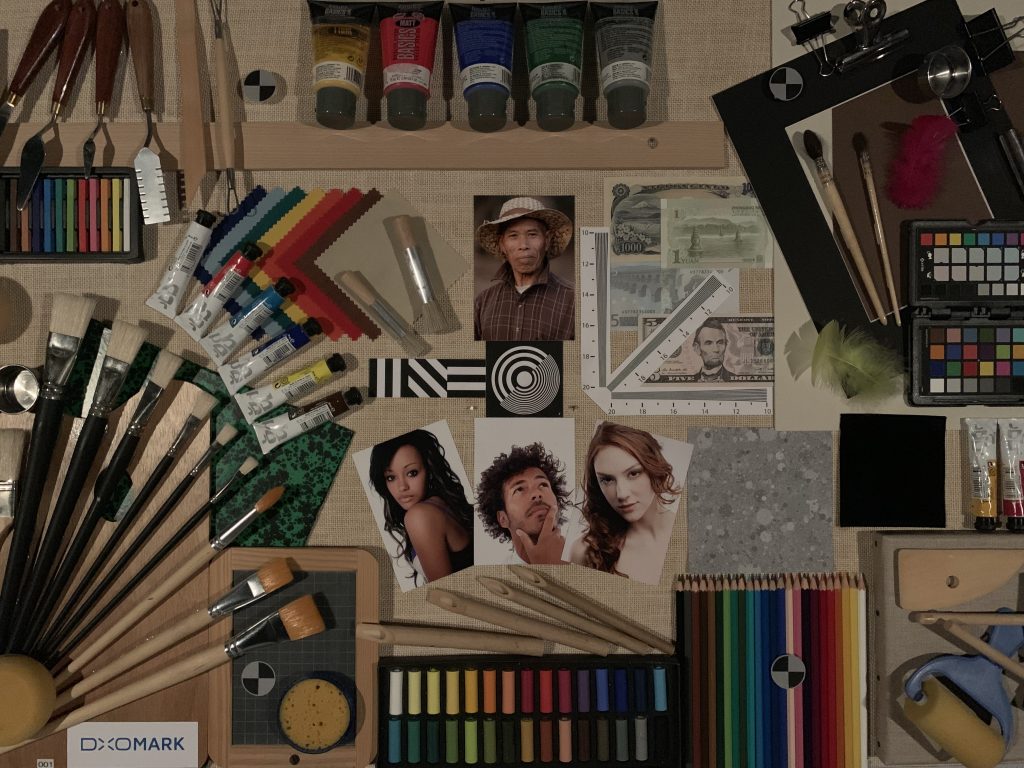
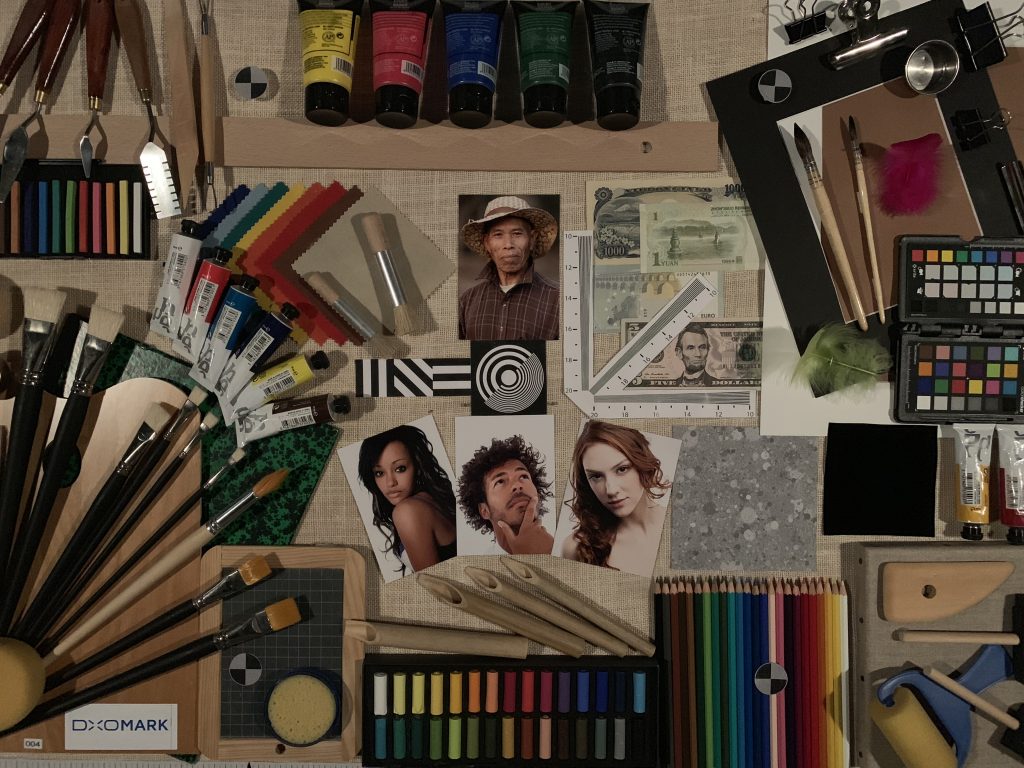



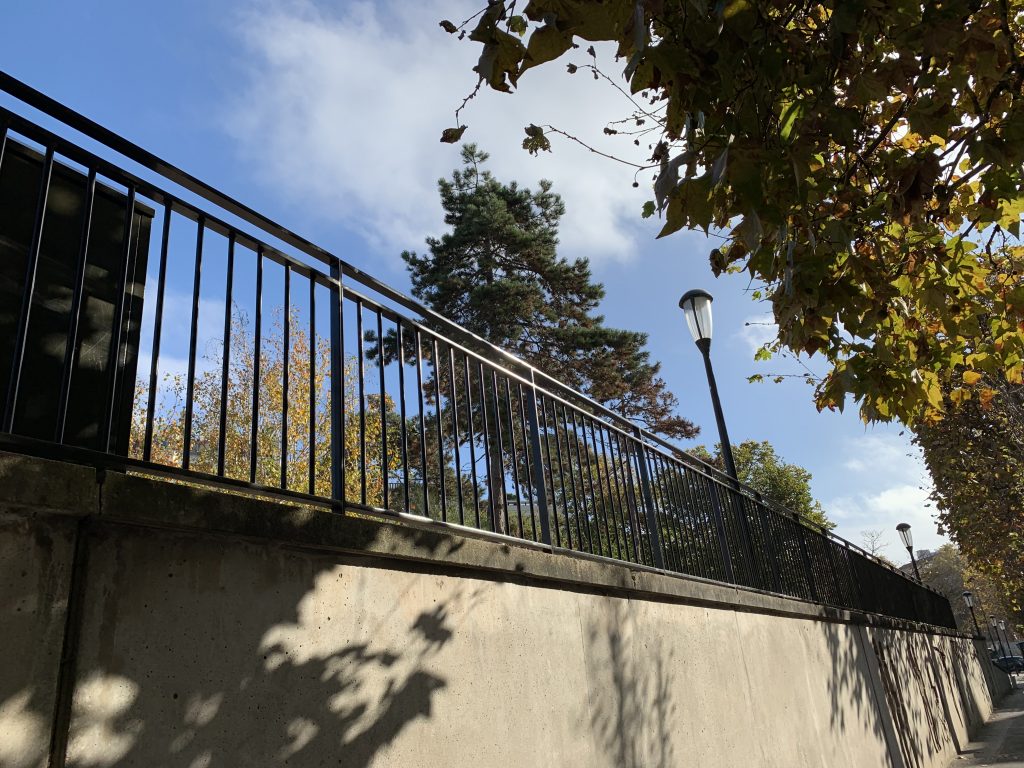
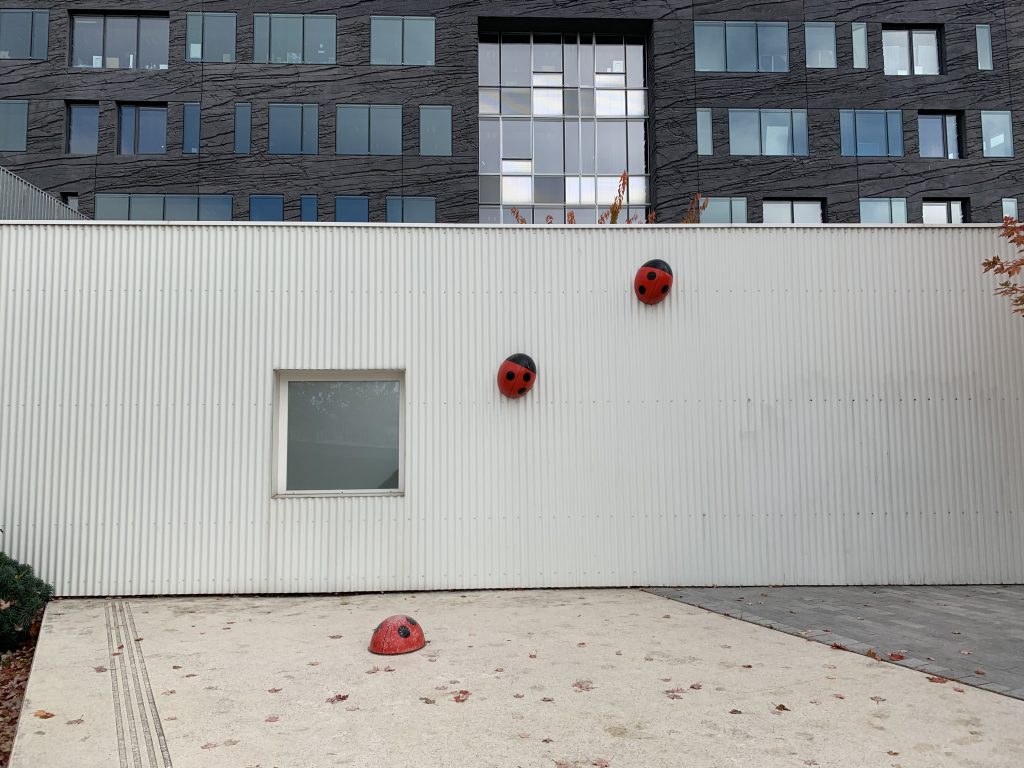
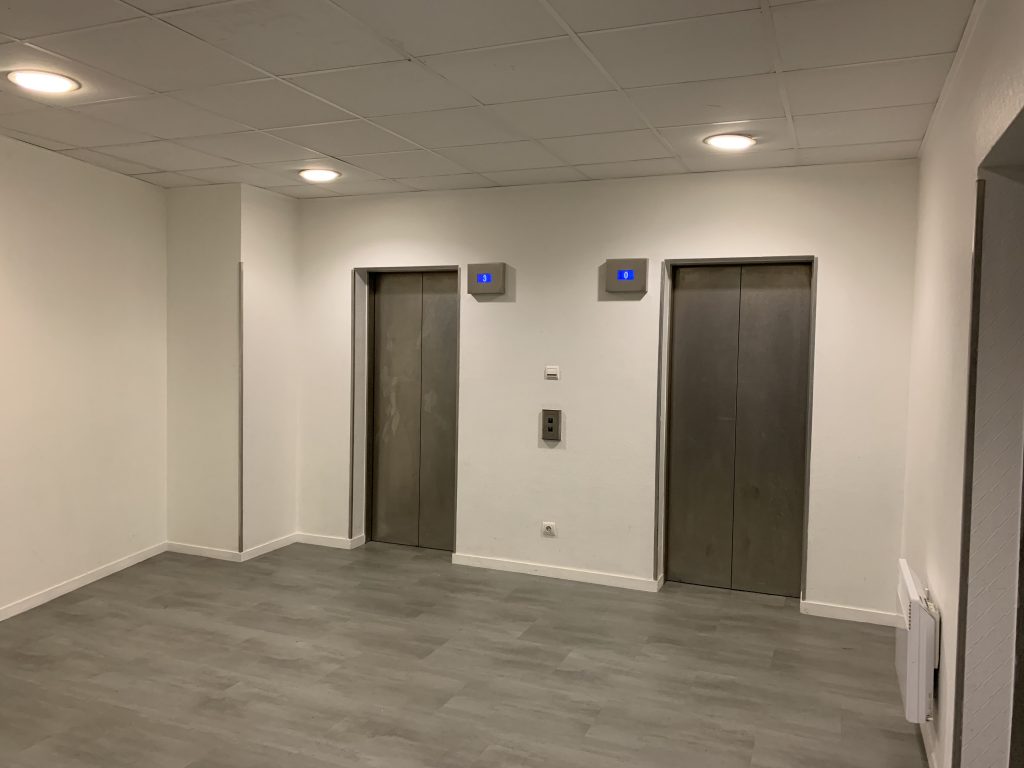
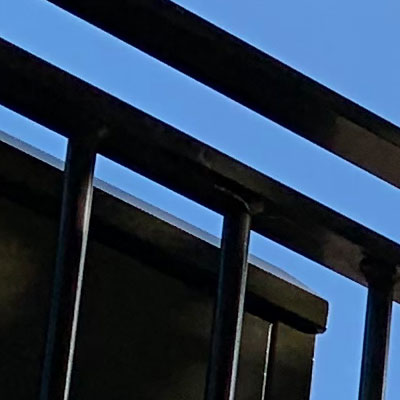
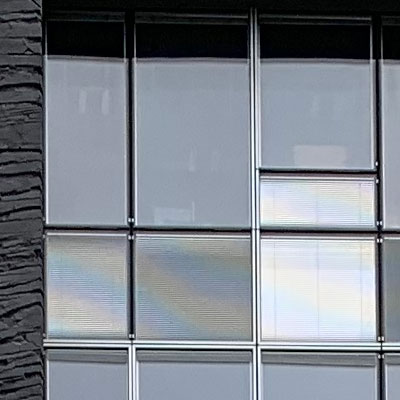
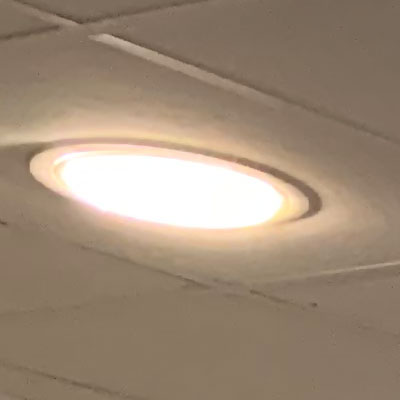
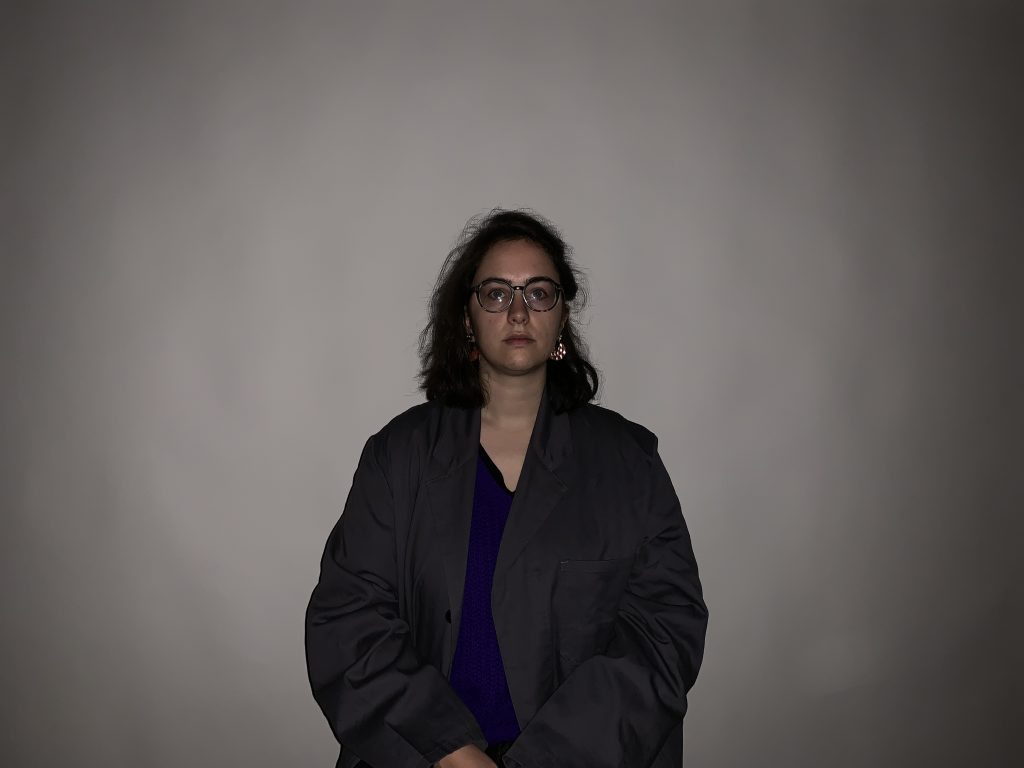
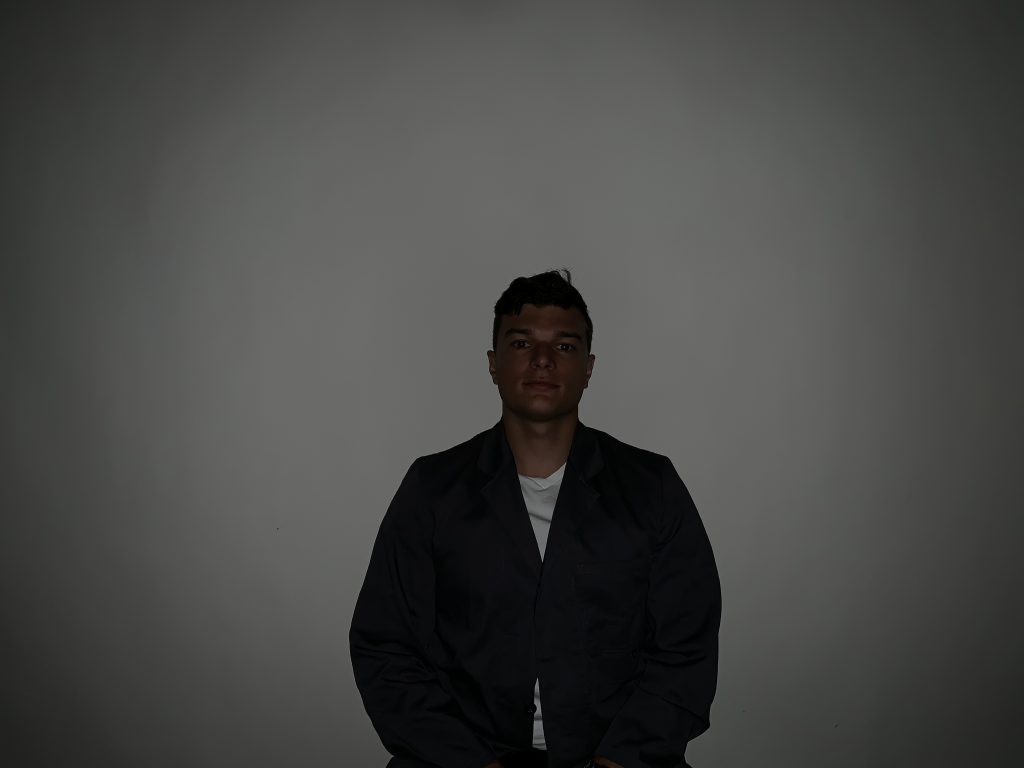

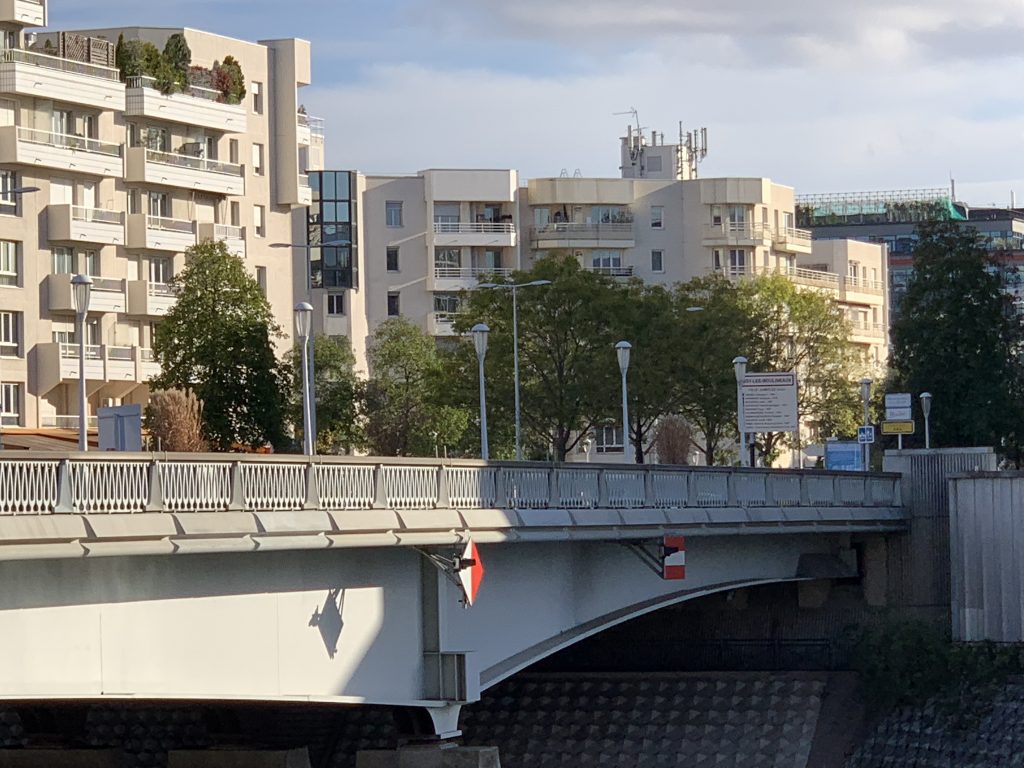
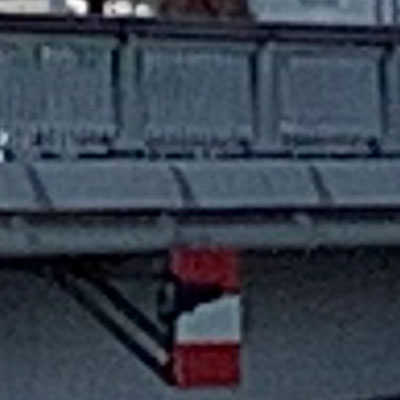
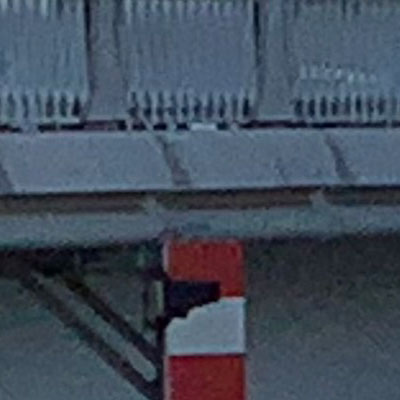
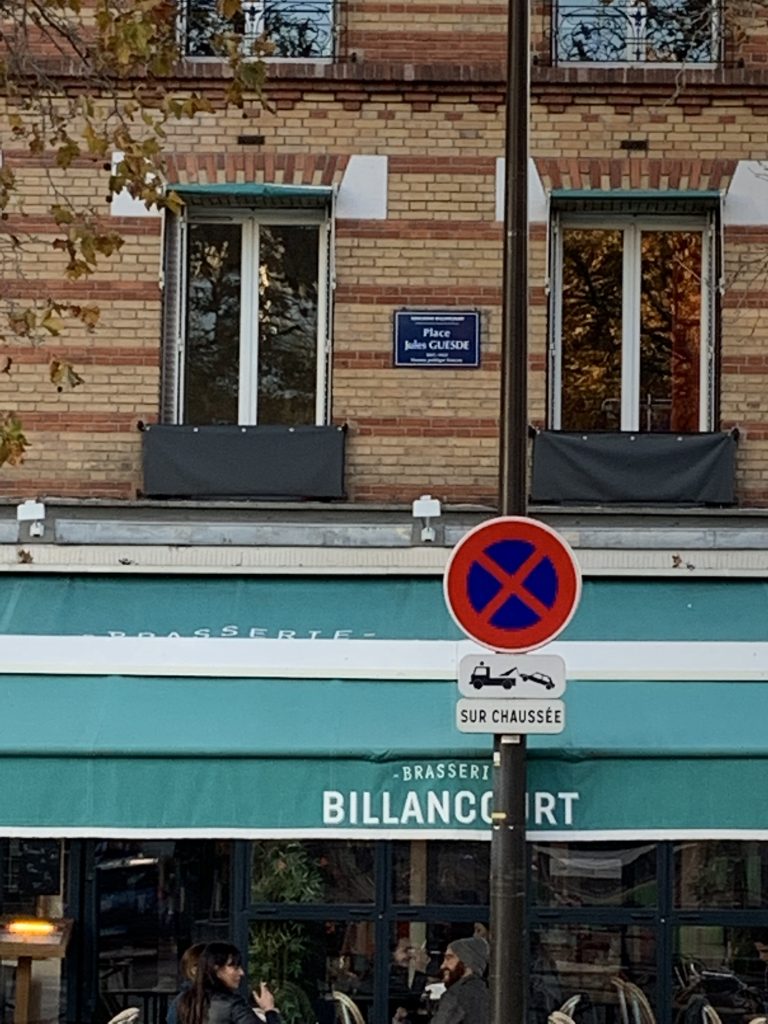
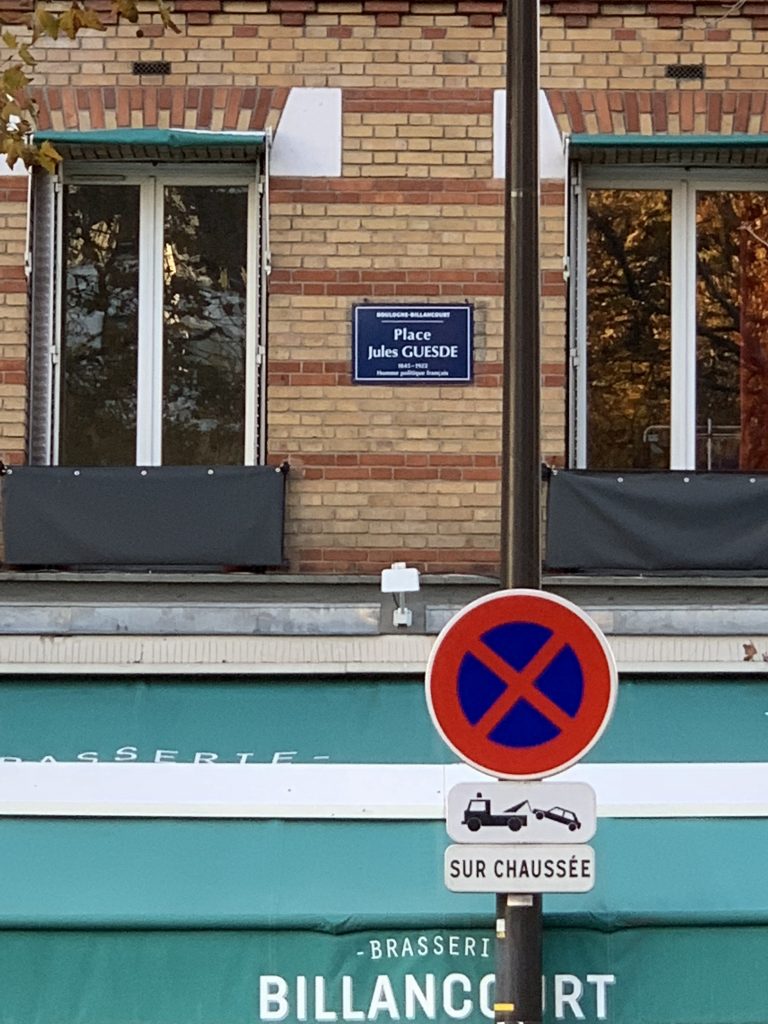


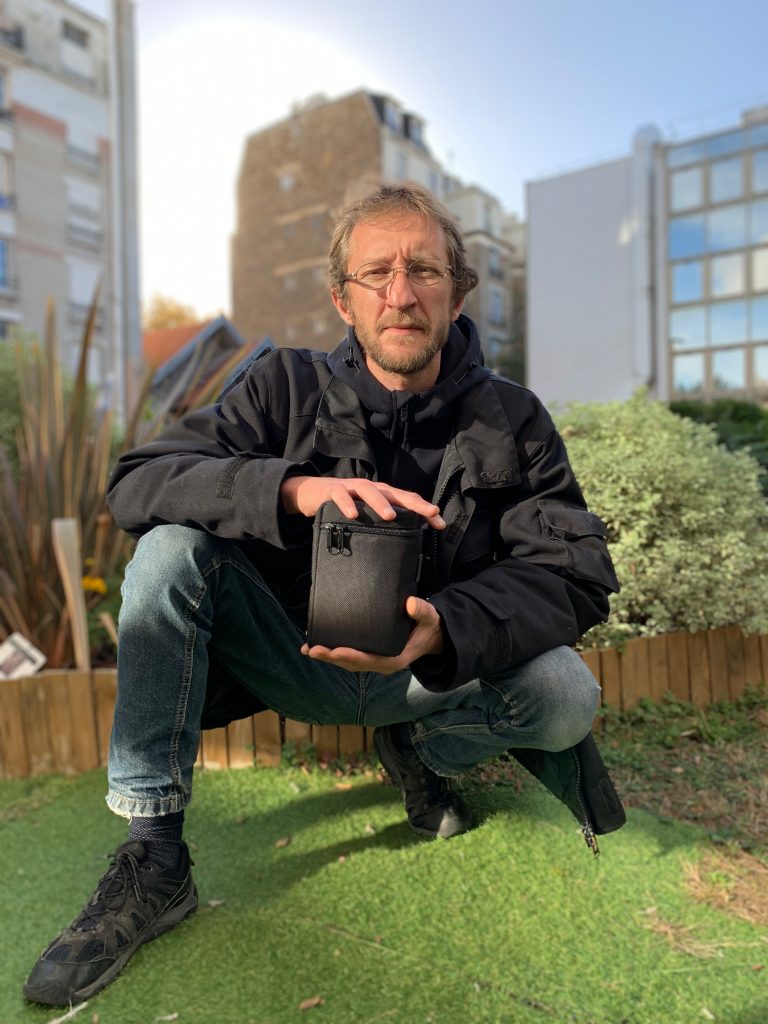
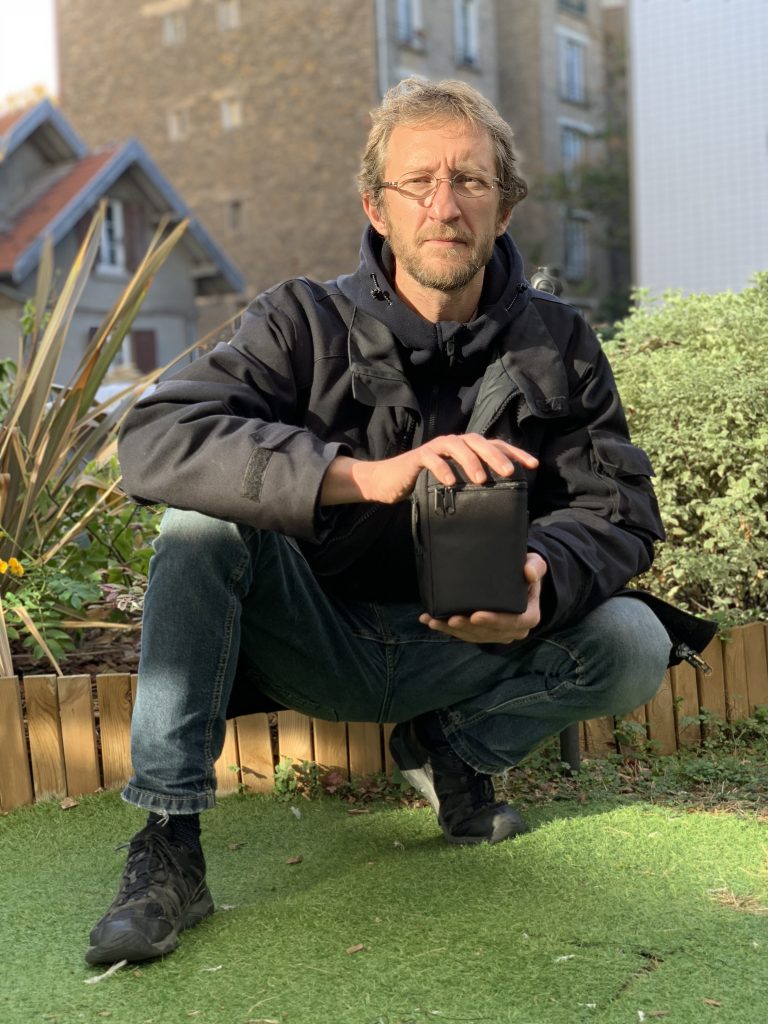

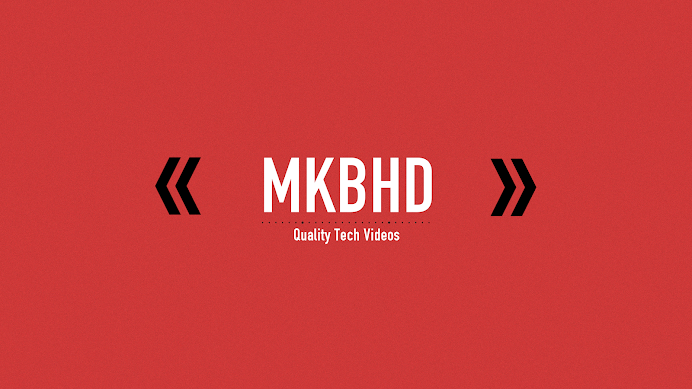



DXOMARK encourages its readers to share comments on the articles. To read or post comments, Disqus cookies are required. Change your Cookies Preferences and read more about our Comment Policy.